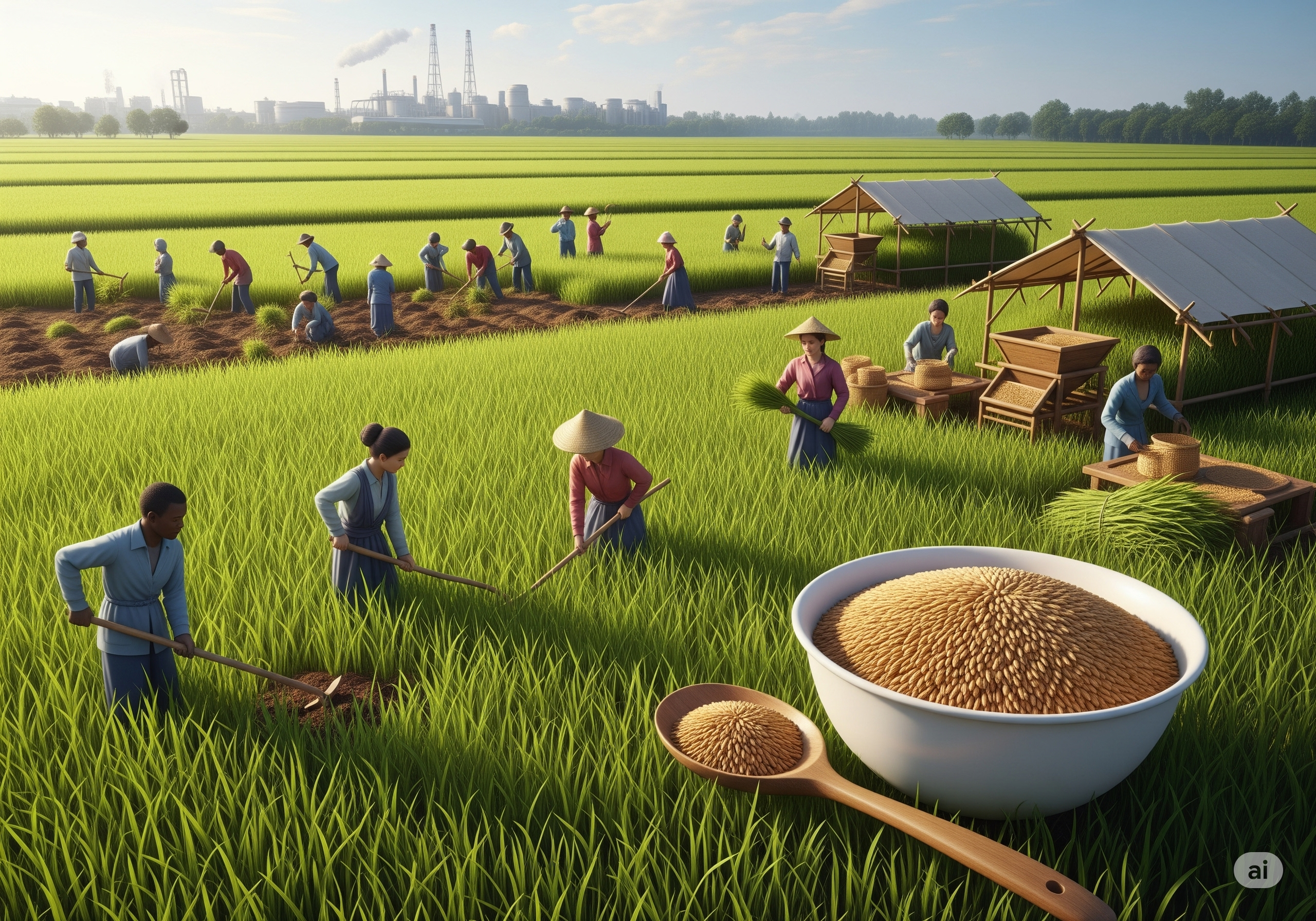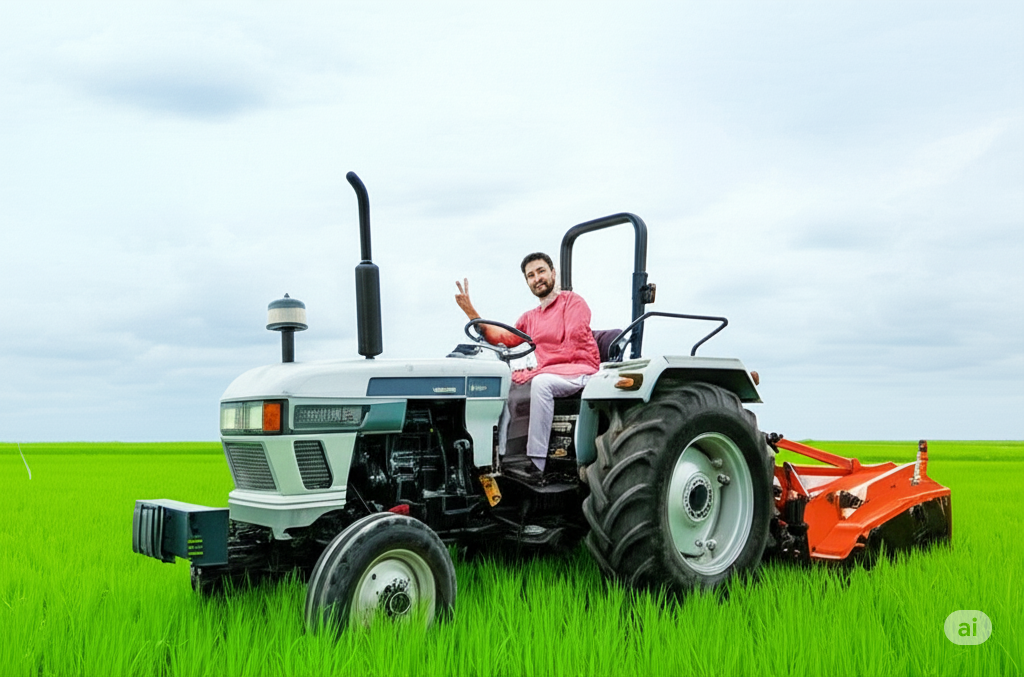

The Unsung Hero: Unveiling the Enduring Importance of Green Millet (Bajra)
In the vast tapestry of global agriculture, while wheat and rice often dominate headlines as staple grains, a quieter, yet incredibly resilient and nutritious crop holds immense significance, particularly in arid and semi-arid regions: green millet, commonly known as Bajra in India and pearl millet elsewhere. This ancient grain, characterized by its distinctive green-grey kernels and remarkable drought resistance, is not merely a survival crop but a powerhouse of nutrition and a cornerstone of food security for millions across Africa and Asia. Its enduring legacy, robust cultivation, multifaceted uses, and profound health benefits underscore its critical role in today's changing world.
The story of green millet is deeply rooted in antiquity. Archaeological evidence suggests that pearl millet was first domesticated in the Sahel region of West Africa, possibly as early as 4,500 years ago. From its African birthplace, it migrated eastward to India around 3,000 years ago, becoming an integral part of agricultural systems and diets across the Indian subcontinent. Its ability to thrive in harsh conditions, where other major cereals faltered, made it an indispensable crop for ancient civilizations adapting to unpredictable climates. Over millennia, farmers meticulously selected and cultivated varieties, leading to the diverse range of pearl millets seen today, each adapted to specific local conditions and culinary preferences.
Botanically, green millet (Pennisetum glaucum) is a tall, annual grass that can reach impressive heights, often bearing a compact, cylindrical seed head. What truly sets it apart is its extraordinary resilience. Unlike paddy rice, which demands abundant water, or wheat, which prefers temperate climates, green millet flourishes in hot, dry, and low-fertility soils. It possesses a remarkable ability to produce a viable crop with minimal rainfall and can withstand prolonged periods of drought, making it an invaluable asset in regions prone to water scarcity and climate variability. This intrinsic hardiness makes it a champion of sustainable agriculture, requiring fewer inputs and offering a dependable yield where other crops might fail entirely.
Beyond its agricultural tenacity, green millet is a nutritional marvel, earning its reputation as a "superfood." It is naturally gluten-free, making it an excellent alternative for individuals with celiac disease or gluten sensitivity, contributing to the growing demand for diverse gluten-free options. Bajra is exceptionally rich in dietary fiber, aiding digestion, promoting satiety, and helping in the management of blood sugar levels. This high fiber content makes it particularly beneficial for individuals managing diabetes.
Furthermore, it is a significant source of essential minerals, including iron, magnesium, phosphorus, and zinc. Its iron content is notably higher than that of rice and even wheat, making it a crucial dietary component in combating iron-deficiency anemia, a prevalent nutritional challenge in many developing countries. The presence of magnesium supports nerve and muscle function, while phosphorus is vital for bone health and energy metabolism. Green millet also provides a good amount of protein, contributing to muscle repair and growth, and various B vitamins which are essential for overall metabolic function. Its low glycemic index further solidifies its status as a healthy grain for sustained energy release.
The culinary applications of green millet are as diverse as the cultures that cultivate it. In India, it is a staple, most famously ground into flour to make traditional flatbreads like "bajra roti" or "bhakri," which are cherished for their earthy flavor and coarse texture. These rotis are often paired with savory curries, lentils, or vegetables. Bajra is also used to prepare nourishing porridges ("rabri" or "kheech") popular for breakfast, especially during colder months due to its warming properties. Its kernels can be cooked like rice, added to stews, or used in various snacks and savory mixes. With a growing global interest in ancient grains and healthy eating, green millet is increasingly finding its way into contemporary cuisine, from baked goods and breakfast cereals to puffed snacks and gluten-free pasta.
Beyond human consumption, green millet plays a crucial role in animal feed. Its high energy content and nutritional profile make it an excellent and economical fodder for livestock, including cattle, poultry, and pigs. In many semi-arid regions, where other feed grains may be scarce or expensive, bajra serves as a primary source of sustenance for farm animals, directly contributing to dairy, meat, and poultry production. Its use in animal feed chains indirectly supports the livelihoods of countless farmers and contributes to the availability of animal products for human consumption.
Economically and agriculturally, green millet is a crop of profound importance. India stands as the world's largest producer, accounting for a significant portion of global output. West African countries like Nigeria, Niger, Mali, and Burkina Faso are also major producers, where it is often the most important food crop. For smallholder farmers in these regions, bajra represents a reliable source of income and food security, particularly in marginal lands where other crops are not viable. Its resilience reduces risks associated with climate change, offering a buffer against crop failures and famine. The global trade of green millet, though smaller than that of wheat or rice, is steadily growing as awareness of its nutritional benefits and adaptability increases, opening new markets and export opportunities for producing nations.
Despite its inherent strengths, green millet faces certain challenges. Market perception can sometimes limit its broader adoption; it is often viewed as a "poor man's crop" in some areas, despite its superior nutritional value. Processing challenges exist, as its small grain size and hard hull can make milling more complex than for larger grains. Furthermore, the impact of climate change on even drought-resistant crops necessitates continuous research into developing even more resilient and higher-yielding varieties. Pests and diseases, though less severe than for some other crops, also require ongoing management.
The future of green millet, however, appears promising. Its inherent resilience makes it a vital crop in the face of escalating climate change and increasing water scarcity. As global populations grow and the demand for sustainable, nutritious, and gluten-free food options rises, green millet is poised to play an even more prominent role. Investment in research, improved agricultural practices, and value-added processing can unlock its full potential, transforming it from an unsung hero into a recognized leader in the global quest for food security and sustainable agriculture. In a world grappling with environmental challenges and nutritional deficiencies, green millet offers a compelling and robust solution, a true testament to the power of ancient grains in shaping our future.